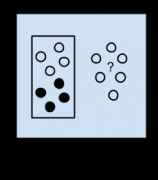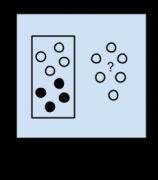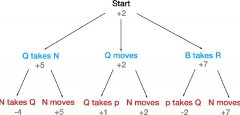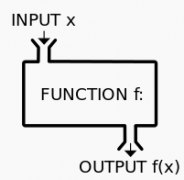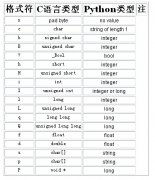python中的reduce内建函数使用方法指南(2)
第一种:for循环判断 def statistics(lst): dic = {} for k in lst: if not k in dic: dic[k] = 1 else: dic[k] +=1 return dic lst = [1,1,2,3,2,3,3,5,6,7,7,6,5,5,5] print(statistics(lst)) 第二种:比
第一种:for循环判断
def statistics(lst):
dic = {}
for k in lst:
if not k in dic:
dic[k] = 1
else:
dic[k] +=1
return dic
lst = [1,1,2,3,2,3,3,5,6,7,7,6,5,5,5]
print(statistics(lst))
第二种:比较取巧的,先把列表用set方式去重,然后用列表的count方法
def statistics2(lst):
m = set(lst)
dic = {}
for x in m:
dic[x] = lst.count(x)
return dic
lst = [1,1,2,3,2,3,3,5,6,7,7,6,5,5,5]
print statistics2(lst)
第三种:用reduce方式
def statistics(dic,k):
if not k in dic:
dic[k] = 1
else:
dic[k] +=1
return dic
lst = [1,1,2,3,2,3,3,5,6,7,7,6,5,5,5]
print reduce(statistics,lst,{})
#提供第三个参数,第一次,初始字典为空,作为statistics的第一个参数,然后遍历lst,作为第二个参数,然后将返回的字典集合作为下一次的第一个参数
或者
d = {}
d.extend(lst)
print reduce(statistics,d)
#不提供第三个参数,但是要在保证集合的第一个元素是一个字典对象,作为statistics的第一个参数,遍历集合依次作为第二个参数
通过上面的例子发现,凡是要对一个集合进行操作的,并且要有一个统计结果的,能够用循环或者递归方式解决的问题,一般情况下都可以用reduce方式实现。
reduce函数真是“一位好同志啊”!
精彩图集
精彩文章


